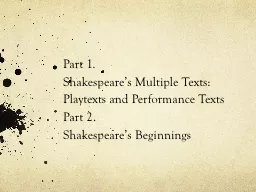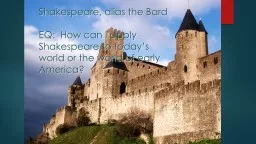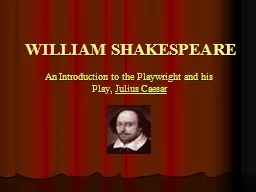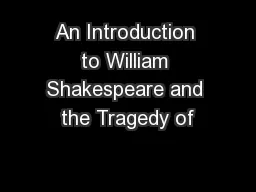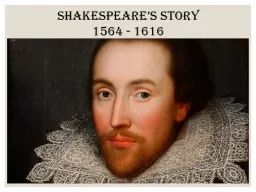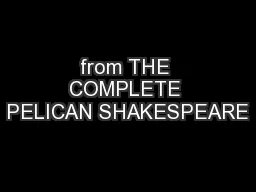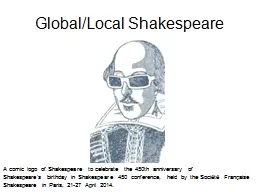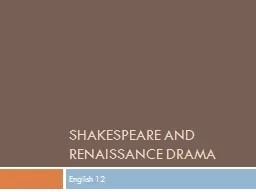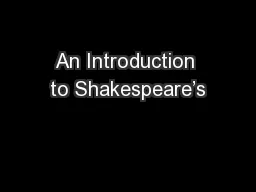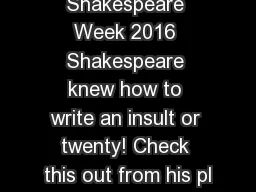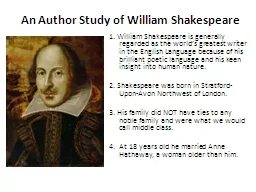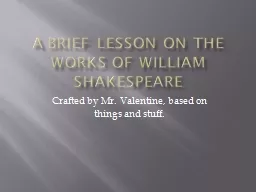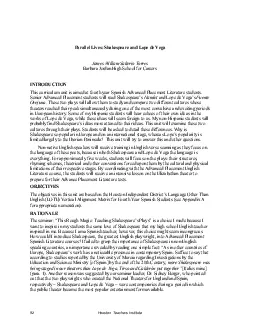PPT-Part 1. Shakespeare’s Multiple Texts:
Author : test | Published Date : 2018-09-26
Playtexts and Performance Texts Part 2 Shakespeares Beginnings Snug Have you the lions part written Pray you if it be give it me for I am slow of study Quince You
Presentation Embed Code
Download Presentation
Download Presentation The PPT/PDF document "Part 1. Shakespeare’s Multiple Texts:" is the property of its rightful owner. Permission is granted to download and print the materials on this website for personal, non-commercial use only, and to display it on your personal computer provided you do not modify the materials and that you retain all copyright notices contained in the materials. By downloading content from our website, you accept the terms of this agreement.
Part 1. Shakespeare’s Multiple Texts:: Transcript
Download Rules Of Document
"Part 1. Shakespeare’s Multiple Texts:"The content belongs to its owner. You may download and print it for personal use, without modification, and keep all copyright notices. By downloading, you agree to these terms.
Related Documents

